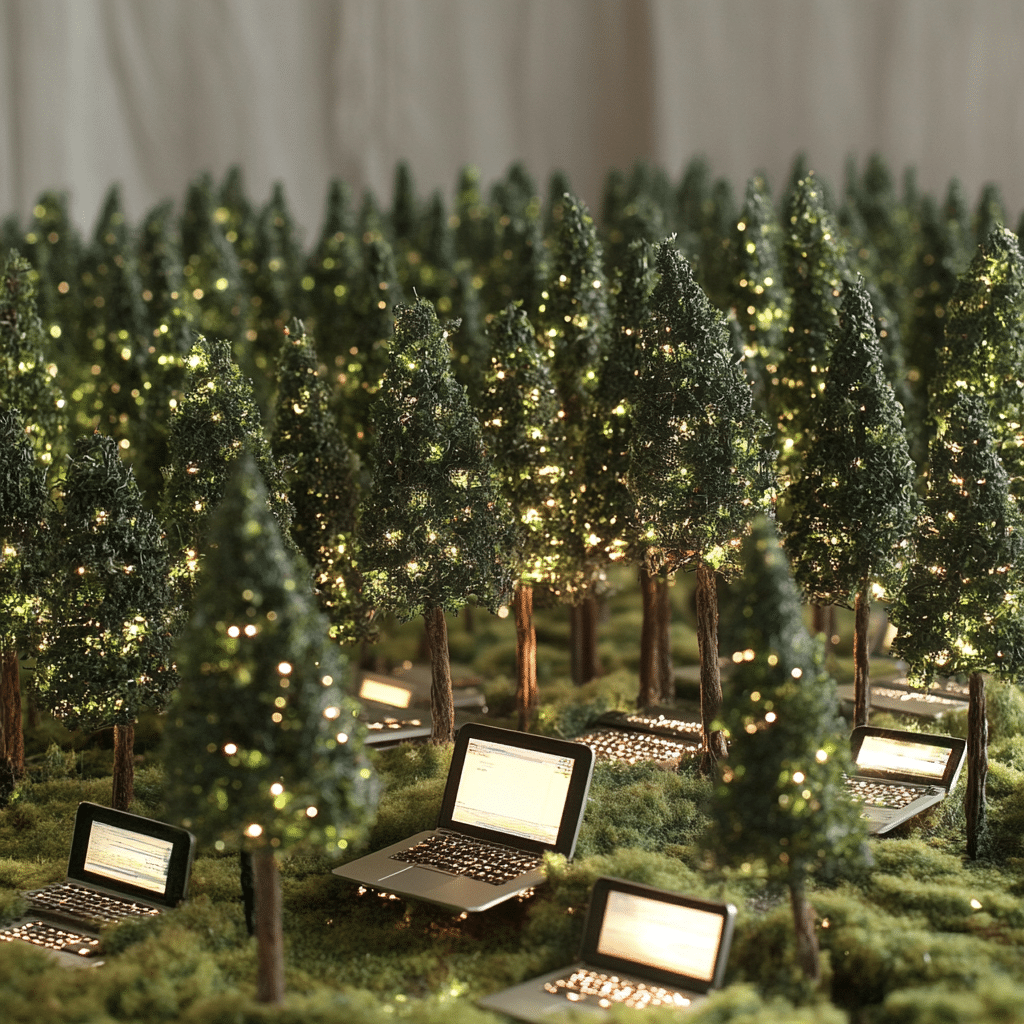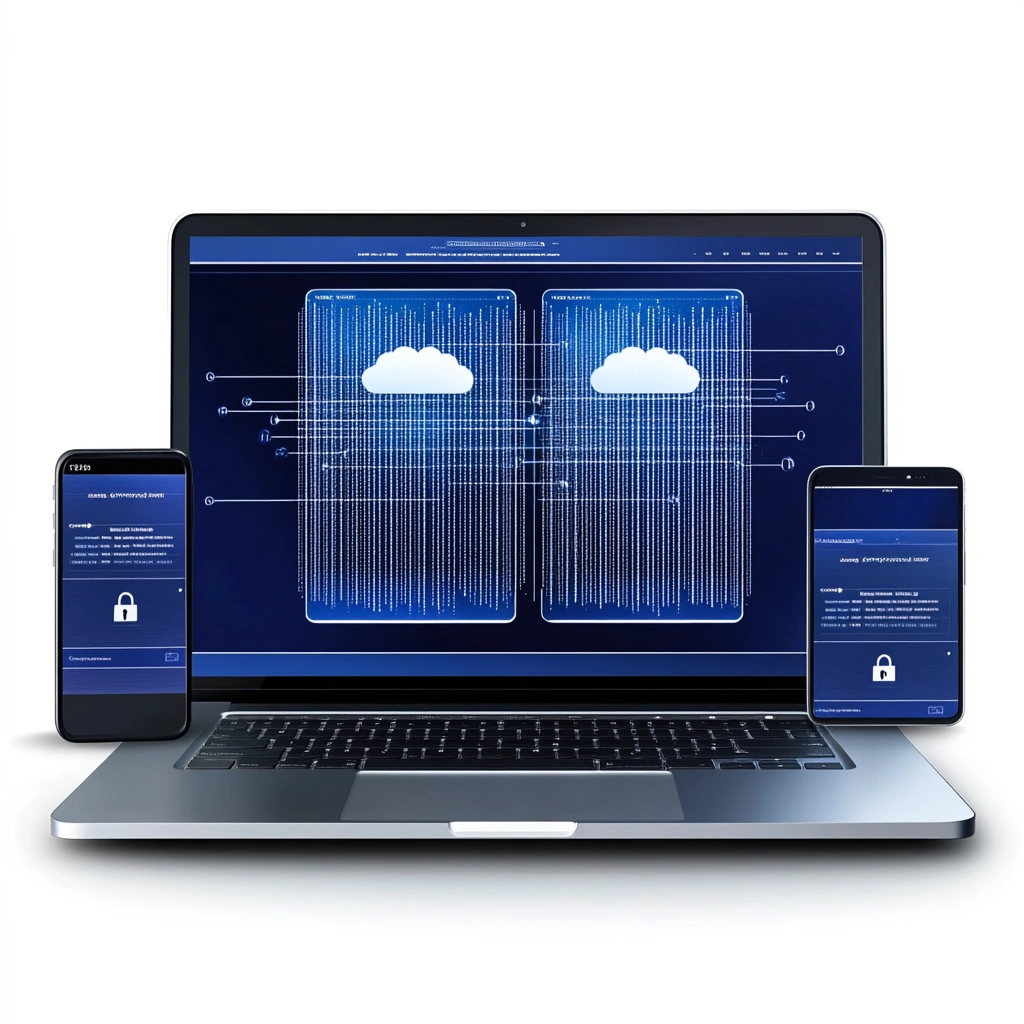I was quite surprised when I read that the digital workplace makes up 61% of typical IT greenhouse gas emissions (according to Gartner). This got me thinking about all the computers and screens I see around our office every day. With the climate conference COP 29 now in November (11th to 22nd), maybe it’s time we talk about this.
I’ve always thought of the “server room”, or rather data centers as the main source of IT emissions. The numbers tell a different story though. The computers and screens we use every day actually create more emissions than all those data centers, cloud services, and networks combined. I wouldn’t have guessed that.
Some things that actually work
This year, we’ve been working on setting up kiosk devices for one of our clients. Instead of giving everyone powerful computers that run hot and use lots of electricity, we’re connecting simple kiosk devices to Windows 365 Cloud PCs. It’s pretty neat – people just log in and get their whole workspace, but the actual computing happens in Microsoft’s cloud.
We have versions running both Windows 11 and Windows 10, with the latter being able to support older hardware and extend their lifetimes also. And the Windows 10 license is included in W365.
The client originally wanted this setup to make IT support easier and let people work from different locations. But there’s an environmental benefit too – these kiosk devices use way less power than regular computers. According to some numbers from Gartner, a typical desk setup with multiple screens and a laptop creates about 285 kg of CO2 each year. Switch to cloud-based devices and efficient monitors, and that drops to 110 kg. That’s a big difference from such a simple change.
The kiosk project has made me think more about electronic waste too. The UN says we’ll produce 74 million tonnes of e-waste by 2030. That’s hard to even imagine. These kiosk devices we’re installing should last longer than regular computers – there’s just less that can go wrong with them. Plus, when something does break, it’s cheaper to replace.
I’ve also noticed that most people want to help reduce emissions, they just need practical ways to do it. In our office, we started showing people how much energy their equipment uses. It’s become a bit of a friendly competition between teams. Nothing too serious, but it gets people thinking.
So what can we do?
Changes are happening, even if they feel slow sometimes. Right now, only about 8% of organizations measure their workplace technology emissions (that’s from Gartner’s research). But they predict that by 2027, most digital workplace leaders will have systems in place to track and report environmental impact.
If you’re wondering where to start, here are three things that have worked for us:
- Start measuring – you can’t improve what you don’t measure
- Make a plan for how long you’ll keep devices and what happens when they’re done
- Help people see their own impact – most will make better choices when they understand the effects
I’m learning more about this every day. The kiosk project showed me that sometimes the most sustainable option is also just the most practical one. We don’t need fancy solutions – we just need to use what we already know in smarter ways.
What do you think? Have you tried anything that worked well for making your workplace more sustainable?
Sources: Gartner IT GHG Carbon Emissions Baselines, Global Transboundary E-Waste Flows Monitor 2022 (UNITAR), Gartner Digital Worker Survey, Gartner Microsoft 365 Survey





